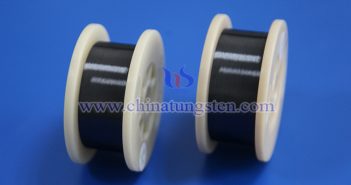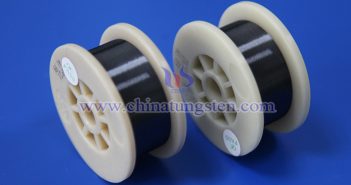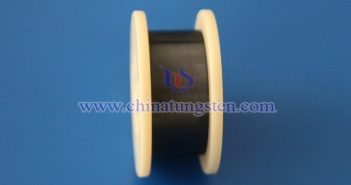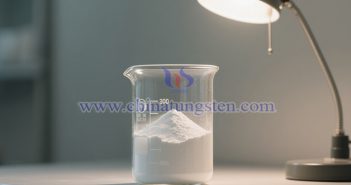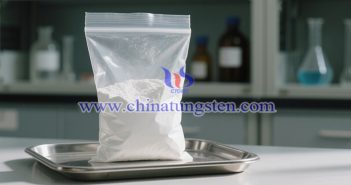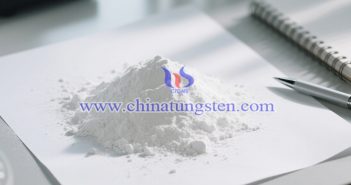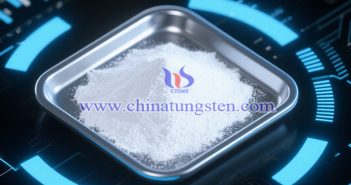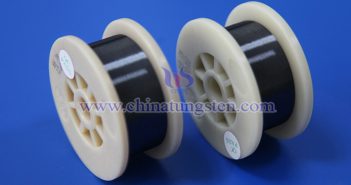
The main role of tungsten wire in electric heated glass windows is to act as a heating element. By using its high resistance and high temperature resistance, the glass windows are heated by the resistance heat generated when the current flows through the tungsten wire to meet the various functional requirements such as anti-fogging, defrosting and temperature regulation. 1. Anti-Fogging and Defrosting The main role of tungsten wire in electric heated glass windows is to prevent the formation of fog…

